Deagostini HMS Sovereign of Seas User guide
- Type
- User guide
Deagostini HMS Sovereign of Seas is a highly detailed and realistic model ship kit that allows you to build a stunning replica of one of the most famous warships of the 17th century. With over 1000 parts, this model is perfect for experienced modelers looking for a challenging and rewarding project. The kit includes everything you need to build the model, including wood, metal, and plastic parts, as well as detailed instructions. Once completed, the model will be a beautiful and impressive display piece that is sure to be admired by all who see it.
Deagostini HMS Sovereign of Seas is a highly detailed and realistic model ship kit that allows you to build a stunning replica of one of the most famous warships of the 17th century. With over 1000 parts, this model is perfect for experienced modelers looking for a challenging and rewarding project. The kit includes everything you need to build the model, including wood, metal, and plastic parts, as well as detailed instructions. Once completed, the model will be a beautiful and impressive display piece that is sure to be admired by all who see it.




















-
 1
1
-
 2
2
-
 3
3
-
 4
4
-
 5
5
-
 6
6
-
 7
7
-
 8
8
-
 9
9
-
 10
10
-
 11
11
-
 12
12
-
 13
13
-
 14
14
-
 15
15
-
 16
16
-
 17
17
-
 18
18
-
 19
19
-
 20
20
-
 21
21
-
 22
22
-
 23
23
-
 24
24
-
 25
25
-
 26
26
-
 27
27
-
 28
28
-
 29
29
-
 30
30
-
 31
31
-
 32
32
-
 33
33
-
 34
34
-
 35
35
-
 36
36
-
 37
37
-
 38
38
-
 39
39
-
 40
40
-
 41
41
-
 42
42
-
 43
43
Deagostini HMS Sovereign of Seas User guide
- Type
- User guide
Deagostini HMS Sovereign of Seas is a highly detailed and realistic model ship kit that allows you to build a stunning replica of one of the most famous warships of the 17th century. With over 1000 parts, this model is perfect for experienced modelers looking for a challenging and rewarding project. The kit includes everything you need to build the model, including wood, metal, and plastic parts, as well as detailed instructions. Once completed, the model will be a beautiful and impressive display piece that is sure to be admired by all who see it.
Ask a question and I''ll find the answer in the document
Finding information in a document is now easier with AI
Related papers
-
Deagostini Cutty Sark User guide
-
Deagostini HMS Sovereign of Seas User guide
-
Deagostini HMS Sovereign of Seas User guide
-
Deagostini HMS Sovereign of Seas User guide
-
Deagostini HMS Sovereign of Seas User guide
-
Deagostini HMS Sovereign of Seas User guide
-
Deagostini HMS Sovereign of Seas User guide
-
Deagostini HMS Sovereign of Seas User guide
-
Deagostini Cutty Sark User guide
-
Deagostini Santisima Trinidad User guide
Other documents
-
Camfil G12 Owner's manual
-
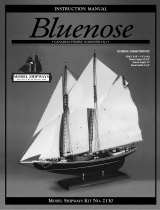 Model Shipways 28 User manual
Model Shipways 28 User manual
-
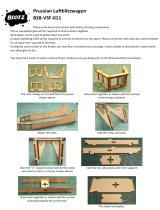 BLOTZ B28-VSF-011 Assembly Instructions
BLOTZ B28-VSF-011 Assembly Instructions
-
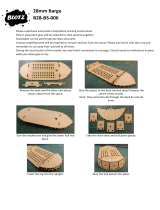 BLOTZ B28-BS-006 Assembly Instructions
BLOTZ B28-BS-006 Assembly Instructions
-
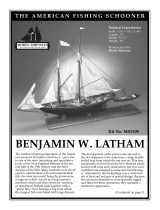 Model Shipways 28 User manual
Model Shipways 28 User manual
-
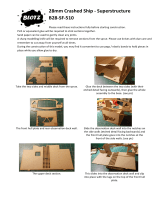 BLOTZ B28-SF-510 Assembly Instructions
BLOTZ B28-SF-510 Assembly Instructions
-
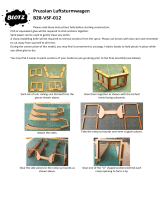 BLOTZ B28-VSF-012 Assembly Instructions
BLOTZ B28-VSF-012 Assembly Instructions
-
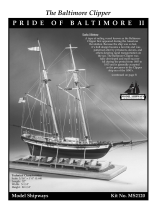 Model Shipways MS2120 User manual
Model Shipways MS2120 User manual
-
Kmart 43271894 User manual
-
GRAUPNER RANZOW 2023 Building Instructions

















































